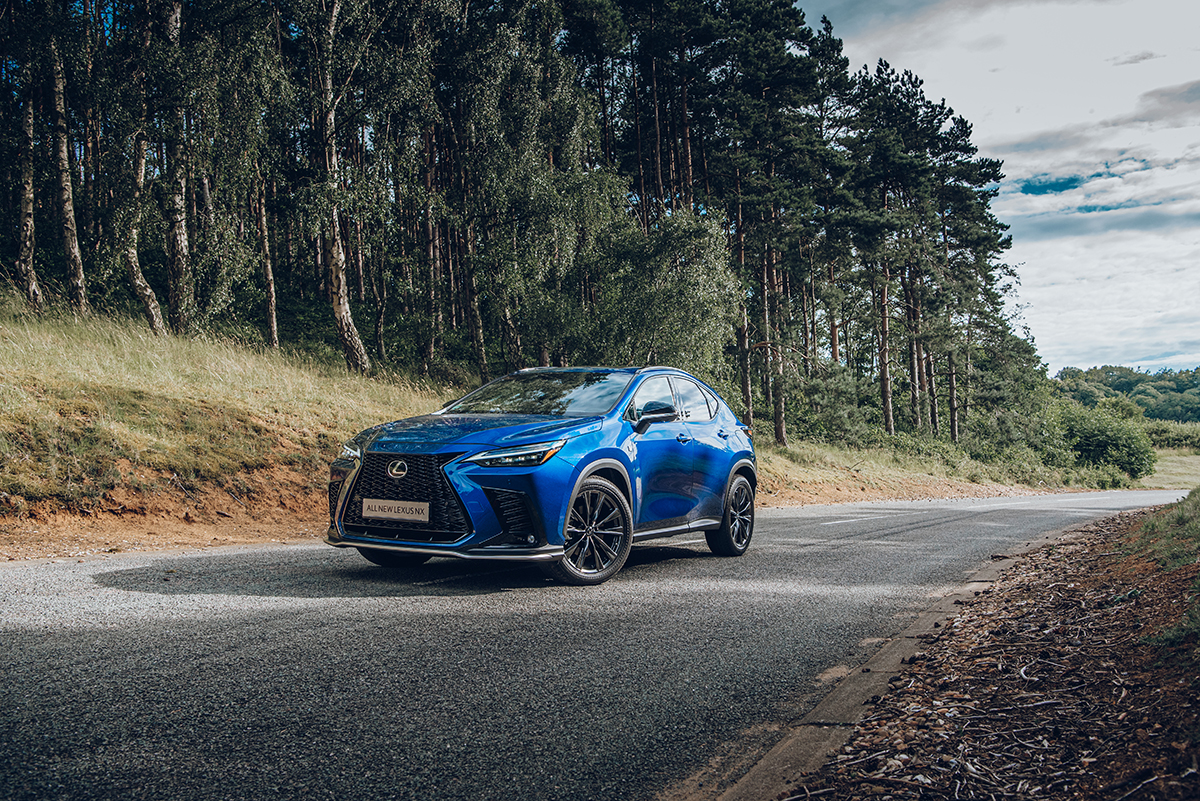
The Lexus NX 450 on the road
In the third part of our Great Drives series, Darius Sanai travels, in a Lexus NX 450, from the Lake Zurich, Switzerland to the Tuscany Coast, Italy, ending his trip on a bottle of Masseto 2015
What is the best vehicle for transporting a lot of clothes – the spoils of a visit and meetings in various Italian fashion houses – and a lot of wine – the result of a spontaneous drop by the vineyards of Franciacorta in northern Italy? Sitting comfortably just above the speed limit on the Italian autostrada, cruising carefully while listening to the GreenBiz 350 podcast, we were fairly sure we had the answer in our Lexus. Its full name is the NX 450h+ F Sport, but for our purposes it was the car that could just do everything.
Follow LUX on Instagram: luxthemagazine
The interior design of cars is becoming increasingly important as we do more things in them (they are effectively 3D extensions of the internet), and driving becomes more controlled and less of a sport. And here was a car with a truly beautifully designed interior. It was light, high enough off the road to give confidence – you could see everything that needed to be seen, but not so high that you felt domineering or unstable. Controls that needed to be easily touched were within sight and within reach without any fuss. Displays were clear with excellent typography. The air conditioning was a notch above the usual in terms of its ability to separate climate zones. Like any good design, it didn’t shout about itself, and it had grown on us over the previous two weeks.

The journey started in a small town near Lake Zurich on the northern side of the Alps. The road rose and became increasingly winding as it made its way towards the mountains we were due to cross, and we wondered briefly if we had chosen the right car. This is a hybrid SUV, efficiently powered by both electric and petrol engines, but it is also a high car, with plenty of ground clearance, excellent for driving across fields. So would it be right for twisting mountain roads?
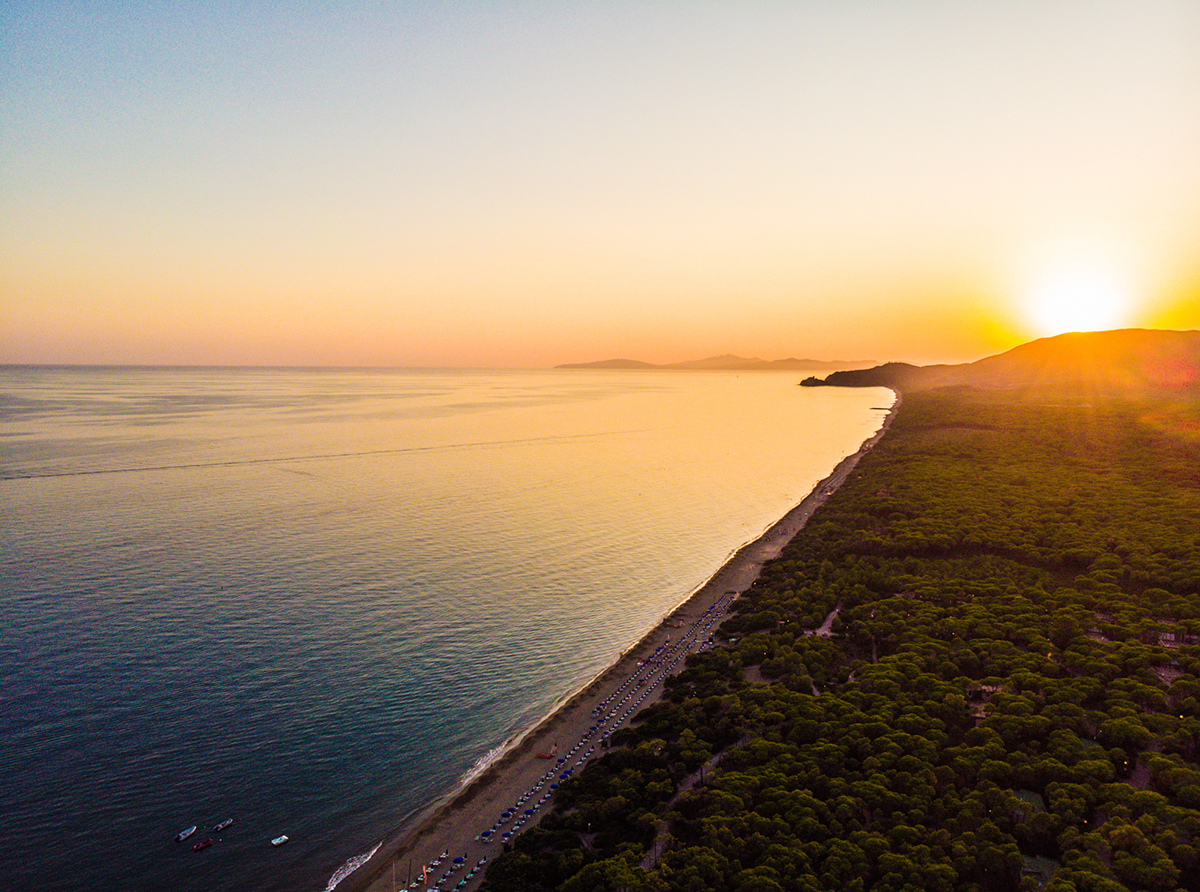
The beach and pine forest at the Riva del Sole hotel, Tuscany
We need not have worried. This new-generation Lexus uses technology to miraculously minimise the amount the car leans when taking corners, a key consideration when driving to the Alps, as you do not want something lurching from one side to the other like an old Range Rover. The Lexus drove flat, smooth and responsive, even over the highest points of the Julier Pass, between north and south Switzerland. Sure, it wasn’t the thrill of racing a sports car to the edge of its abilities on a sinuous mountain road, but that would not have been possible anyway, given the rest of the traffic and also the strictness of Switzerland’s traffic police. Fast enough was, well, fast enough.
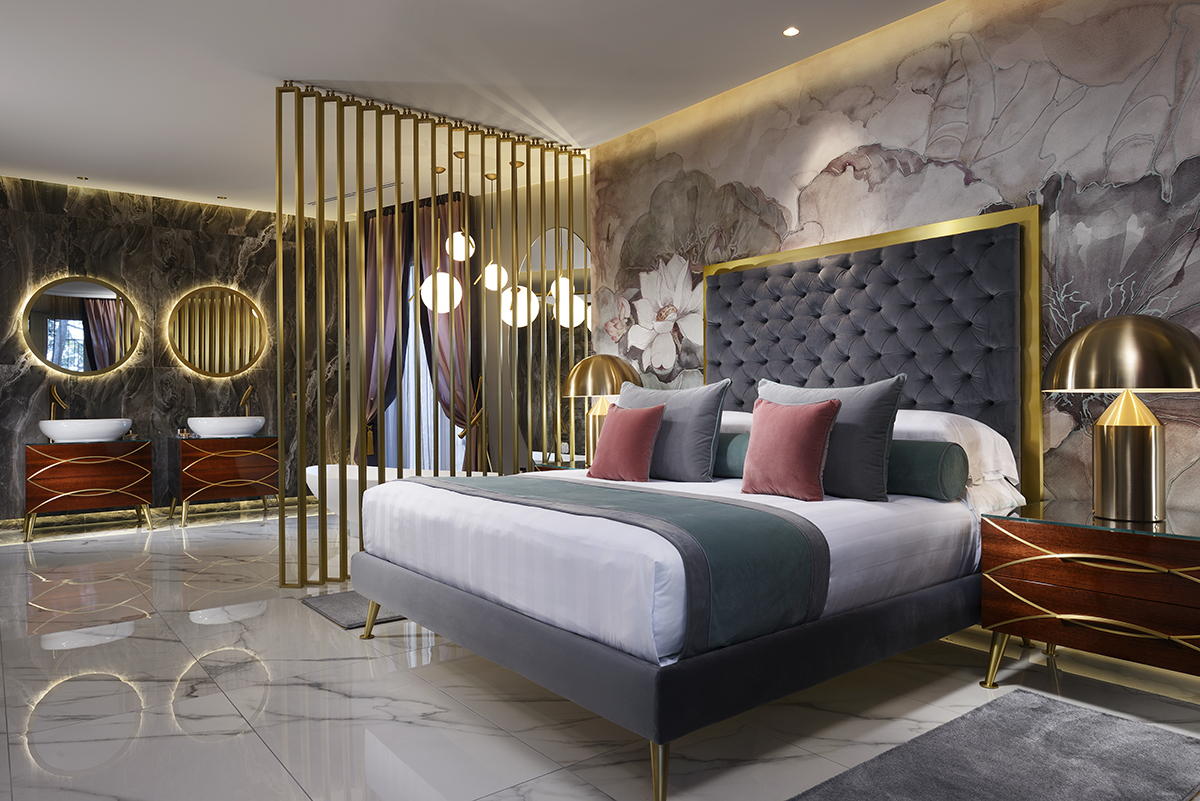
The Exotik Suite
Over the border in Italy, after more mountain passes and ice cream, the Alps fell into the low, hilly meadows of Franciacorta, which is where our favourite sparkling wine from Italy is produced. At its best it is creamy, complex and refreshing, like a good champagne, but with the added joie de vivre. At the main farmers’ outlet store for all the producers (and would that there were one of these in every wine-producing region), we picked from producers and cuvées impossible to find in other countries.
A sign of a well-engineered car is that it doe snot flinch when loaded up and driven hard, and this was very much the case with the Lexus. Onwards, it seemed to say, after a couple of days in Milan, as we arrowed through straight autostradas in northern Italy towards Tuscany. Here, we spent an excellent few days enjoying this car’s other attributes: its economy (fuel stations are very hard to find in rural Tuscany), its ability to deal with rough roads and unmade tracks with no fuss, and the comfort and efficiency of its interior in a hot summer. The full-length sunroof also came in for much praise, although it was mainly open at night, when it let in views of the stars and the cries of owls. A car for all reasons, indeed.
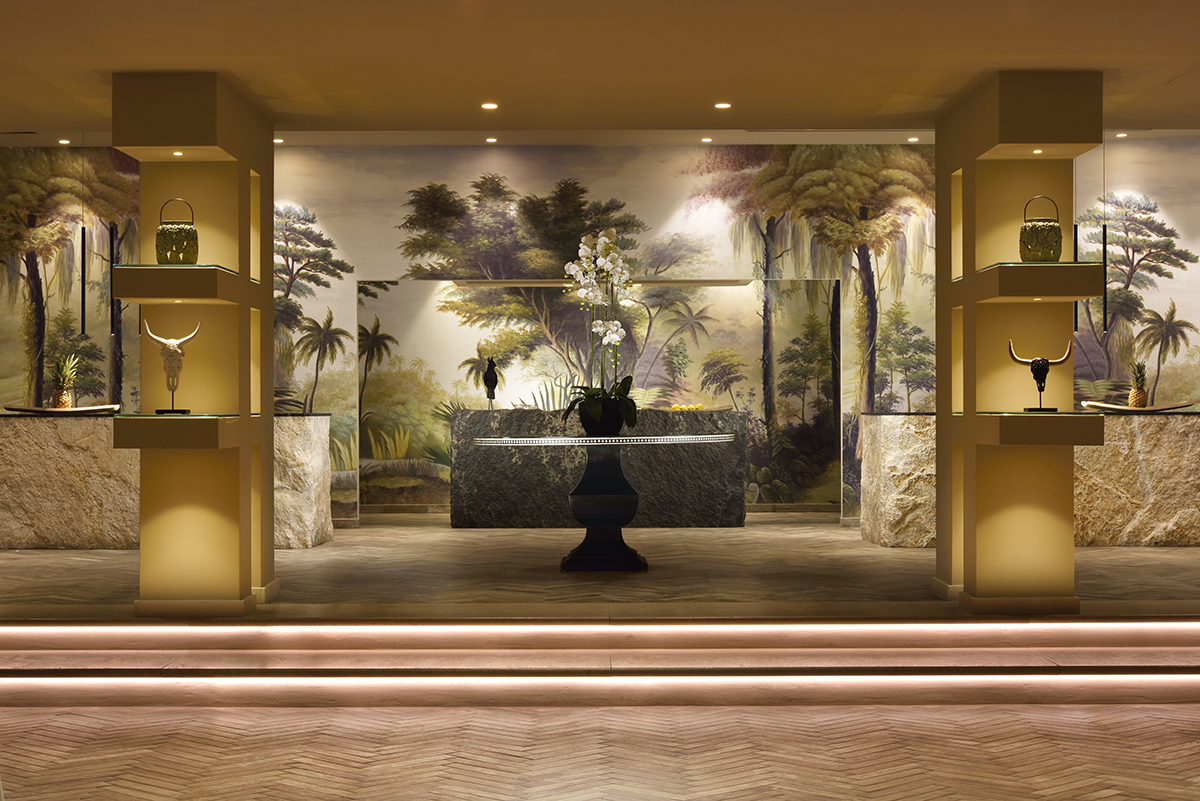
Objets d’art at the Riva del Sole
Our final destination was a place well known to a certain class of intellectual Italians, roughly the equivalent of Britain’s Cotswolds set, but without the pretentions. Castiglione della Pescaia has none of the bling that has been acquired by its fellow Tuscan resort, Forte dei Marmi, but it has nature, and culture, on its side.

The hotel swimming pools by night
There is one resort hotel to stay in at Castiglione: the Riva del Sole, a resort built in the idealistic style of the mid-20th century, when Europe was thriving and confident, and nobody flew to the Maldives or Bali. You approach along a long, straight coastal road flanked on both sides by the stone pine trees that are a feature of the Italian coastline. The hotel appears amid the pineta (pine forest) on the left, between road and sea, a low-rise 20th-century modern building (Swedish owned) that, when you enter, reveals a cavalcade of original and updated modernist designs.
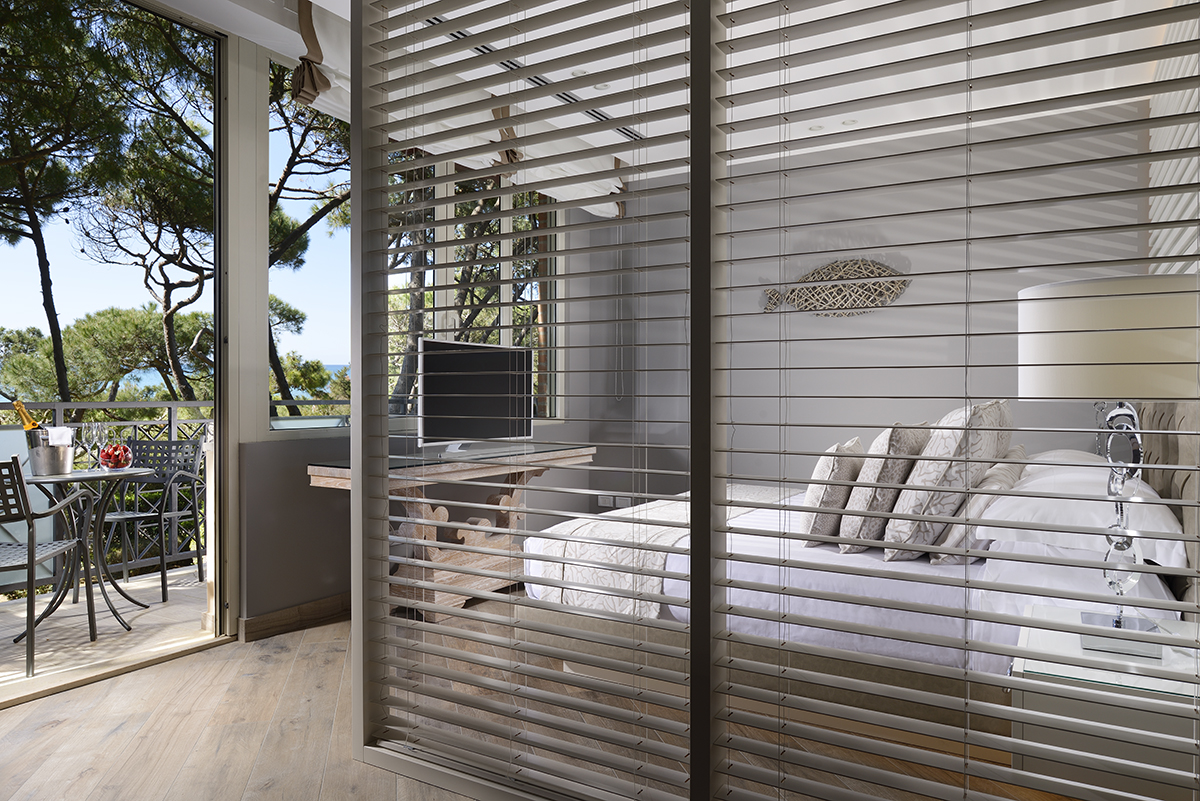
The Coral Suite
The reception area is out of a 1960s David Niven film (duly updated, of course) and our room, while compact, had a lovely aspect across the trees towards the sea. You wander from reception, past a dramatic Italian restaurant housed in another forest building, past a little newsagent shop straight out of a Jacques Tati film (magazines, beach balls, sweets) and a boutique-chic deli. A huge outdoor pool complex – several pools, really – appears on your right, with keen sports swimmers doing their lengths from the early hours. Past a hut serving snacks and drinks (there is some excellent Franciacorta on the menu), the path rises over a dune and down onto the resort’s lengthy private beach.
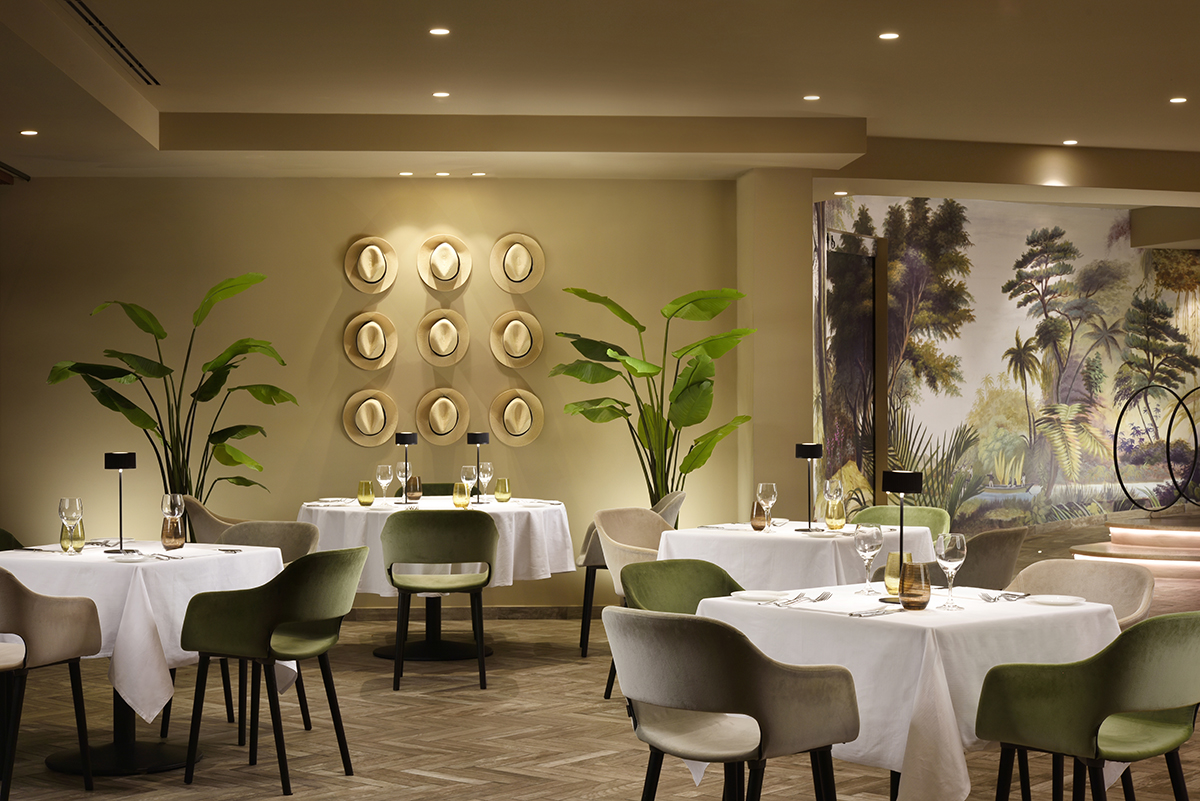
Modern dining at Riva del Sole, Tuscany
Part of a strip of sand that stretches for 15km in a gentle arc, it is one of Italy’s most famous private beaches. The sea is warm and shallow, and the most memorable aspect is stepping out 20 metres into the sea, your feet still standing on white sand and your chosen drink in hand, looking back at the beach. The hotel and all of Castiglione have been subsumed into the pineta, such is the attention to detail of the design. All you can see is beach, forest and the mountains rising up behind. No wonder it is a haunt of the discerning Italian intelligentsia.
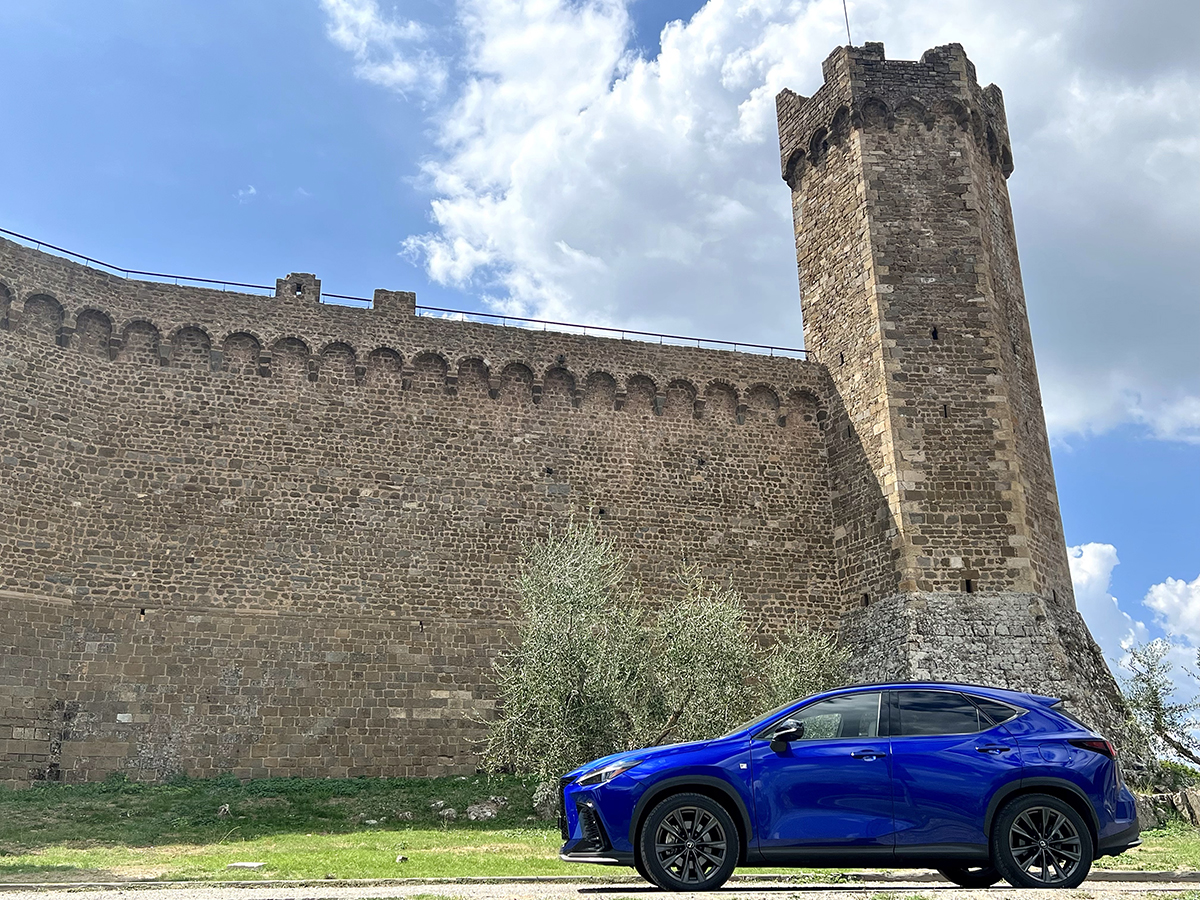
The Lexus making a pit stop at the fortress of Montalcino – ancient Tuscan hilltop village and home of the celebrated wine Brunello di Montalcino
Hidden inside the pineta, the hotel also has a sophisticated Tuscan restaurant, La Palma. Sweeping interior architecture and the forest visible through windows all around combines with a wine vault of Tuscan wines – particularly from Montalcino – that a collector would die for. We chose a Masseto 2015. All savoury power and a wealth of flowing flavours, it is one of Italy’s great wines, and comes from just up the coast from Riva del Sole. In the main hotel there is also a glamorous 1960s-style piano bar, where you sit inside or out on the terrace and are served Bellinis.
Read more: Great Drive: Jura Mountains to London via Burgundy and Champagne
This is not high luxury, but it is high class; a place where the intelligent, artistic and sophisticated go to enjoy themselves with friends. And throughout, inside and out, the interior design, a subtle 21st-century take on mid-century modernism, is both playful and gorgeous. Chapeau to designer Eva Khoury. There are hotels with grander views and bigger rooms, but very few we would want to spend more time in than the Riva del Sole.
Find out more:
lexus.co.uk
rivadelsole.it
masseto.com

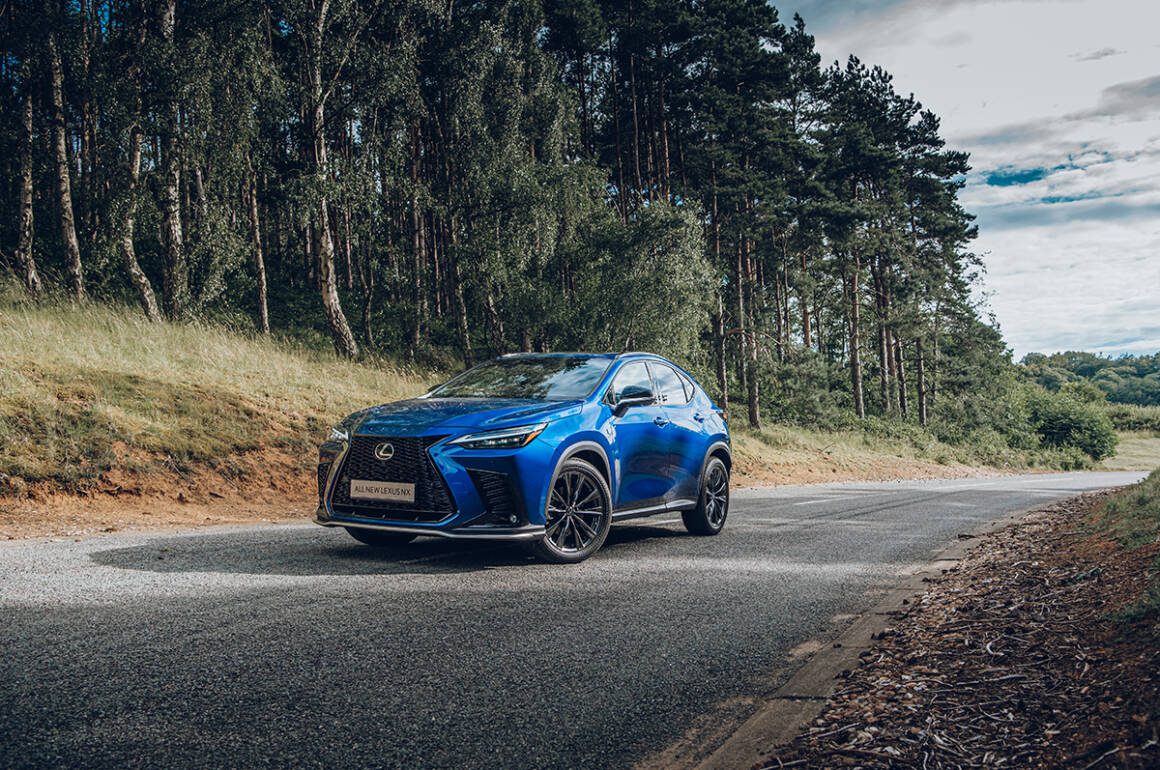
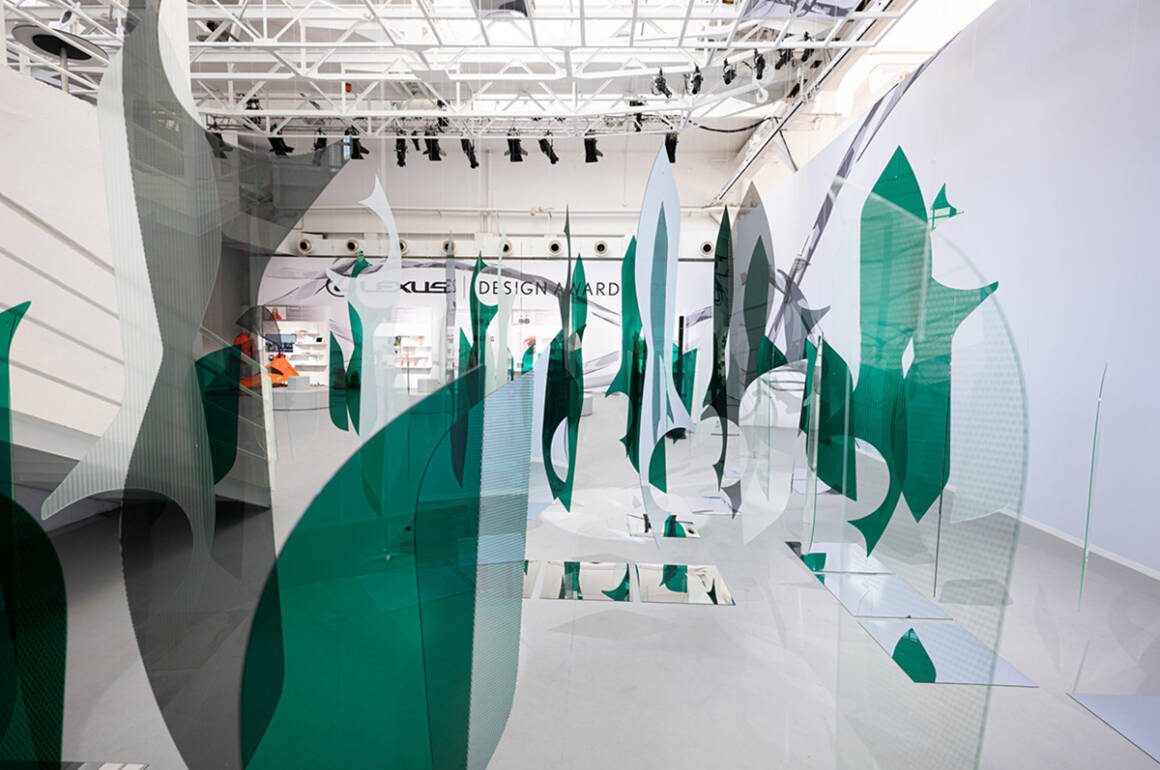
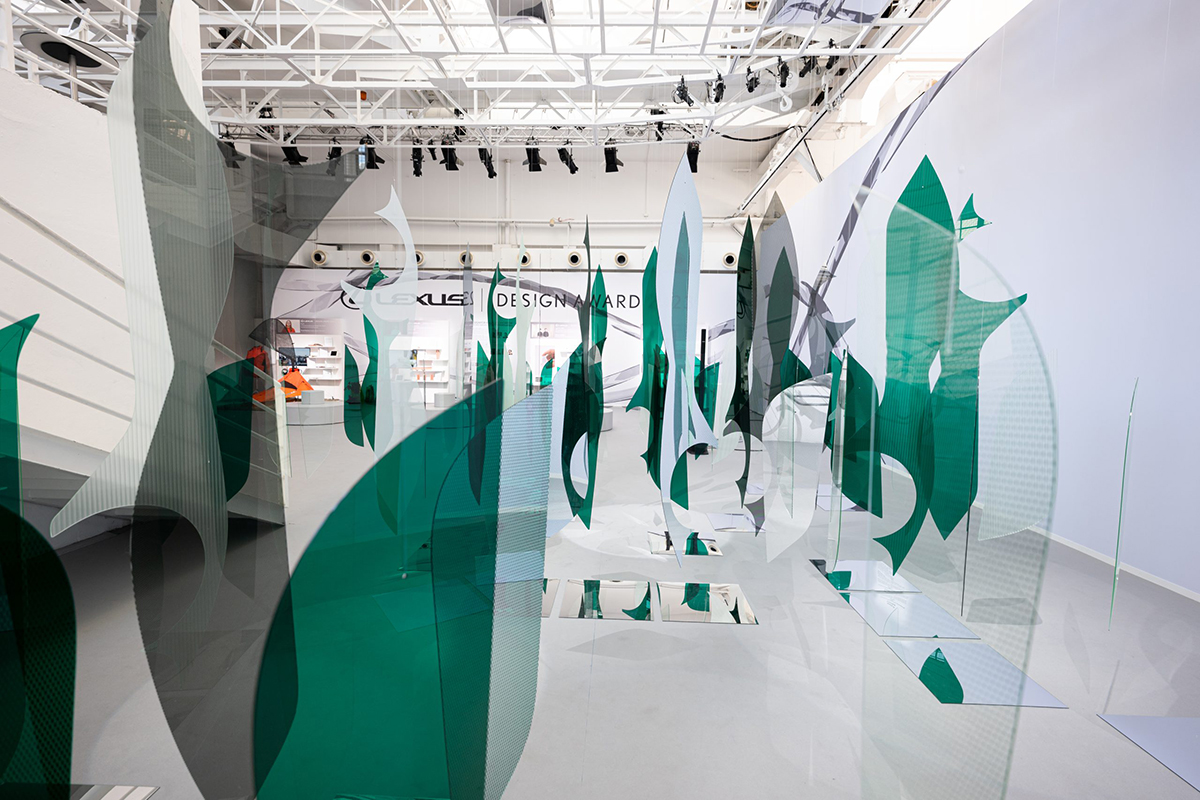
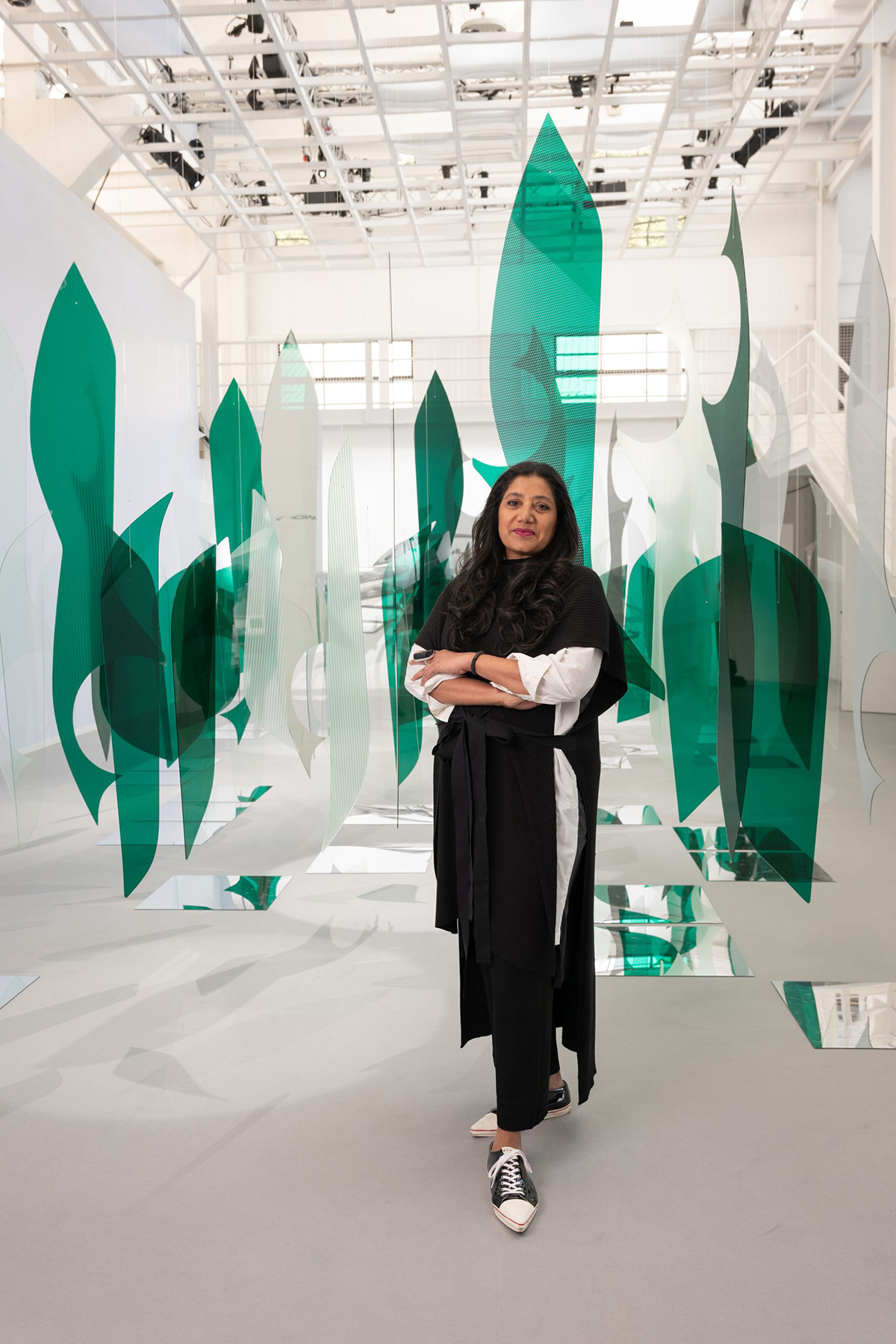
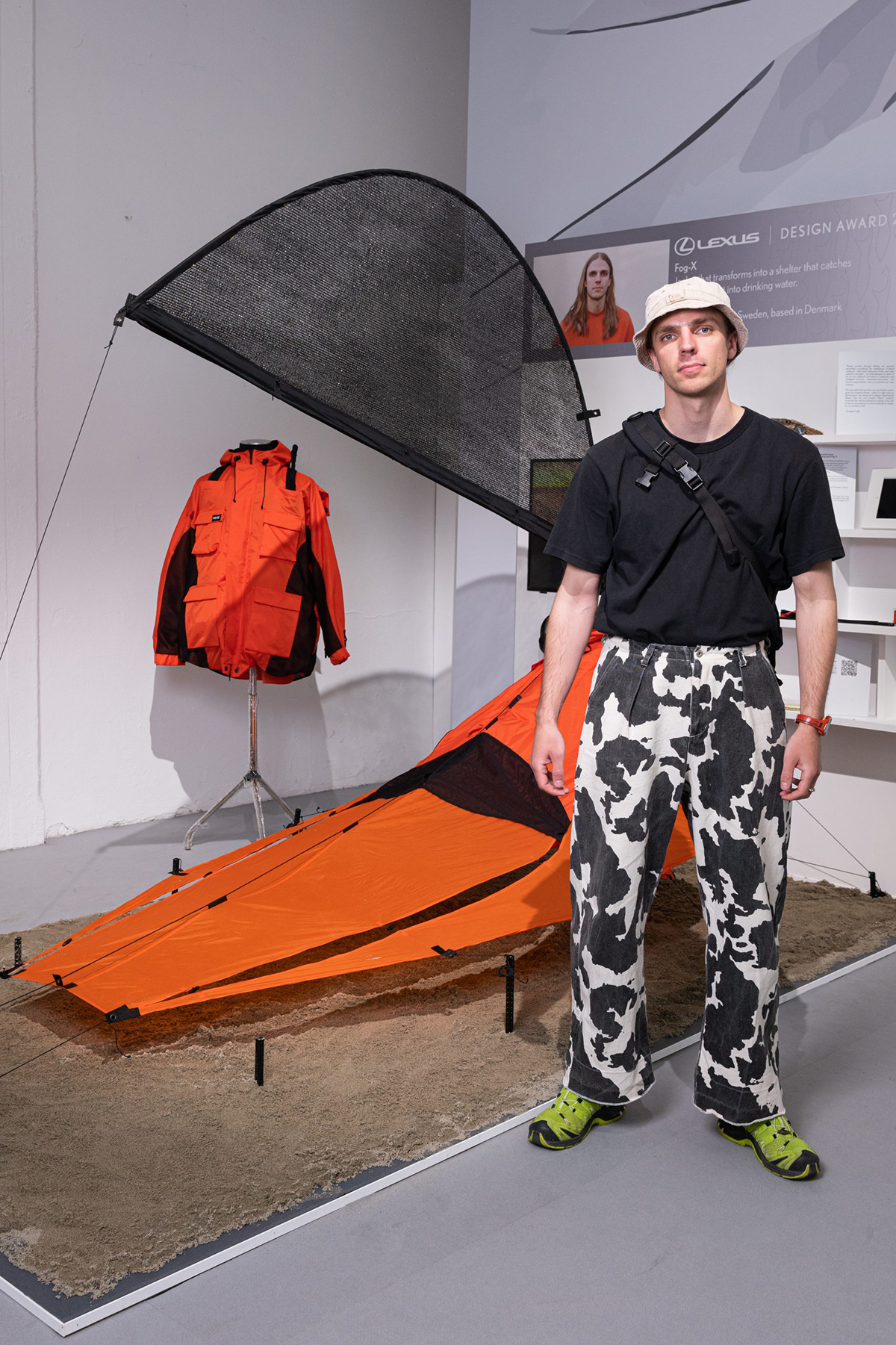
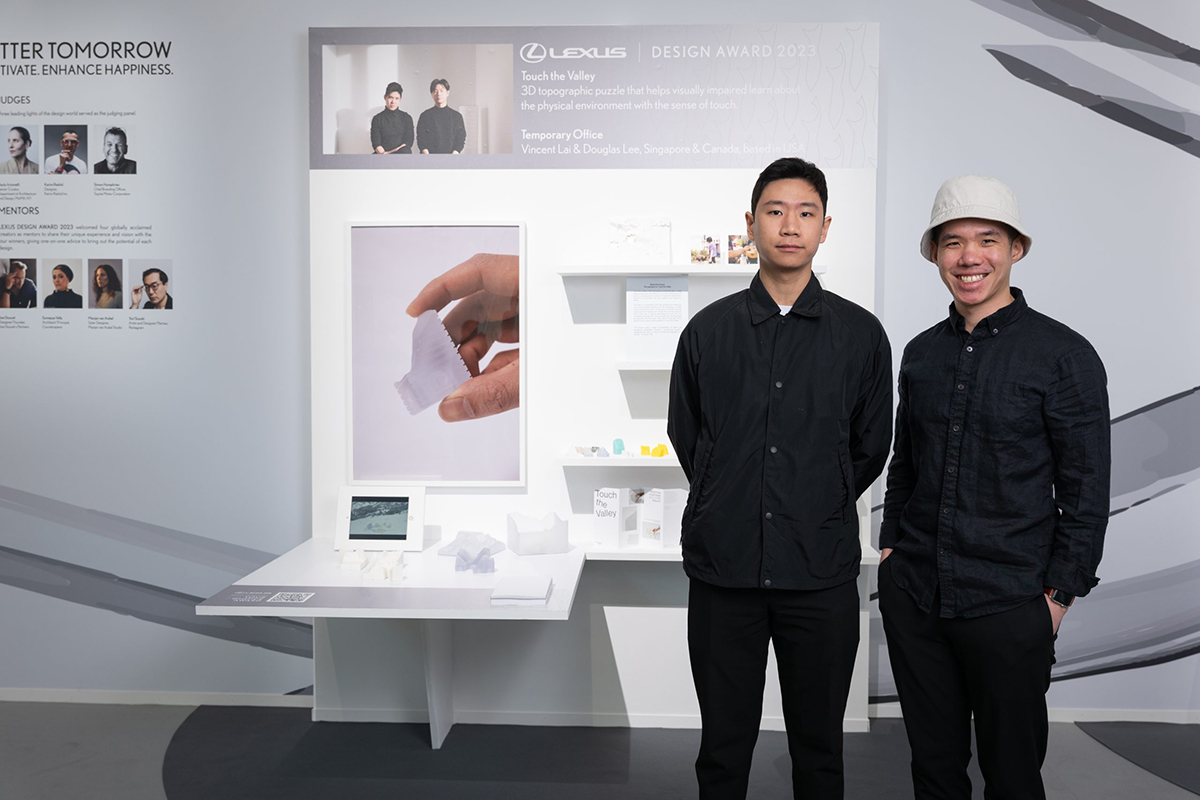
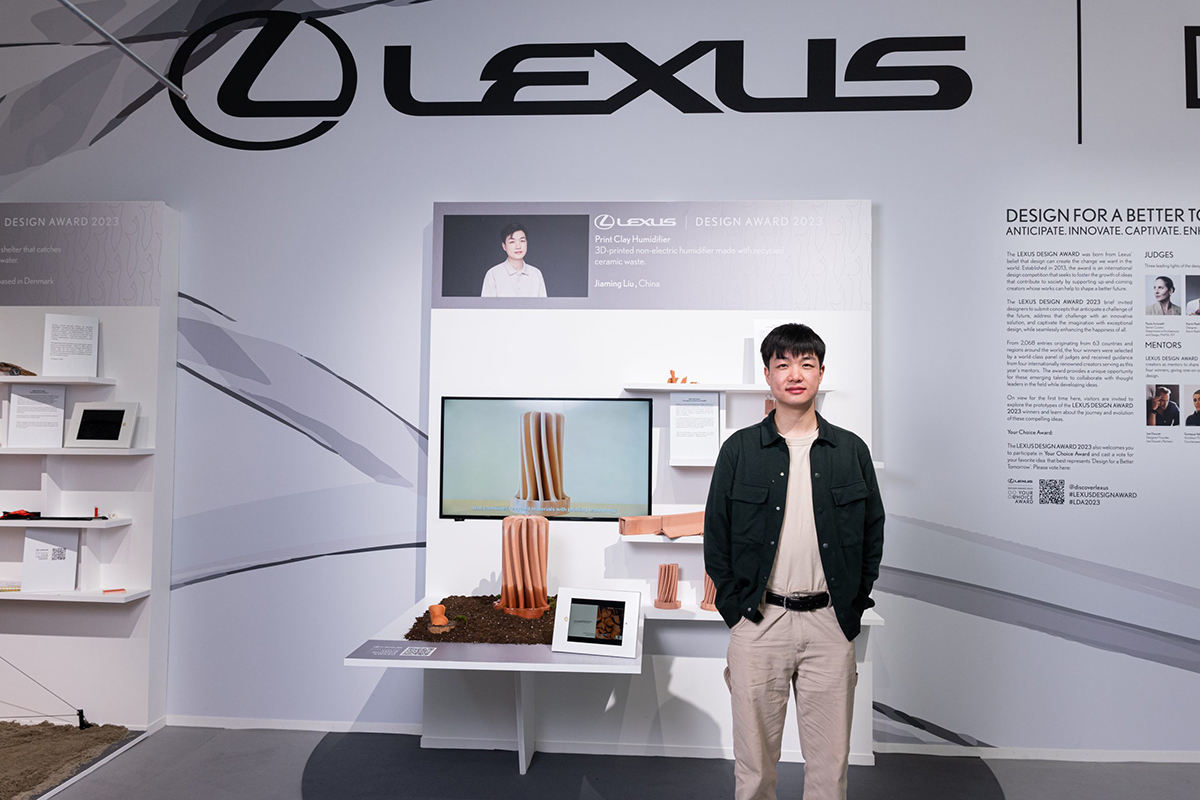
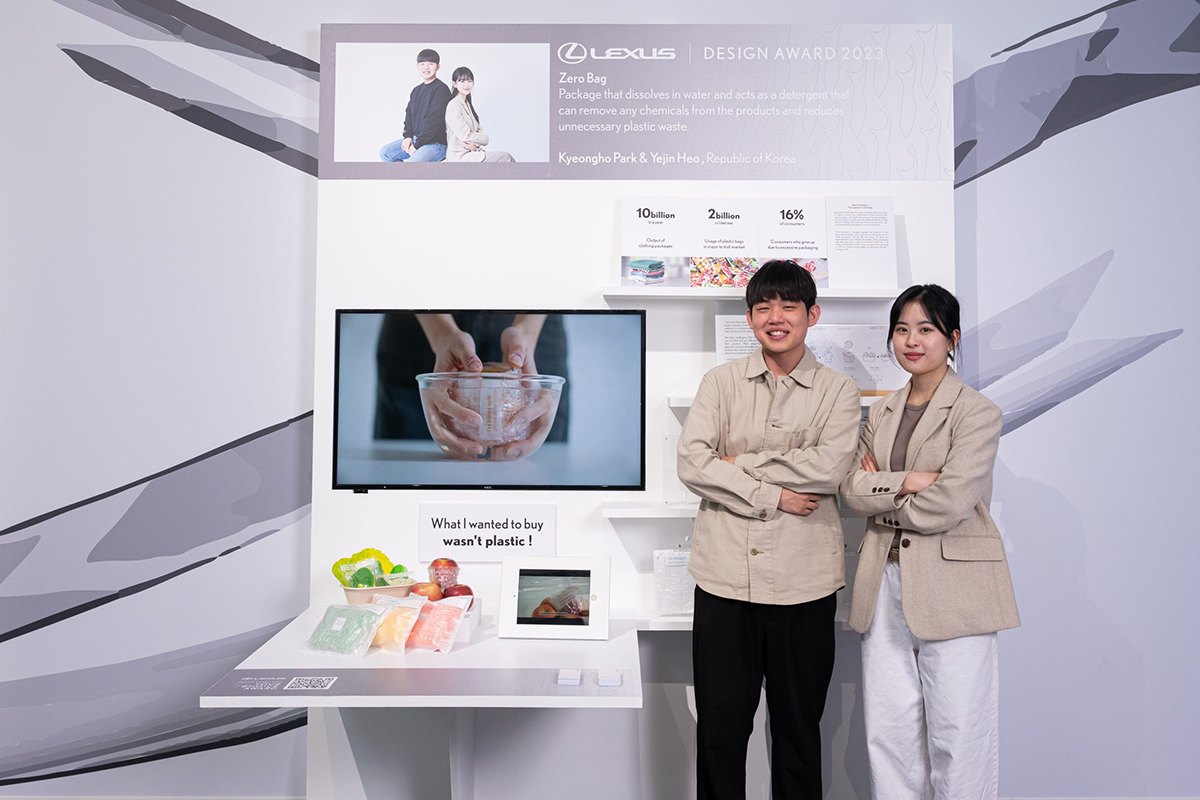





Recent Comments